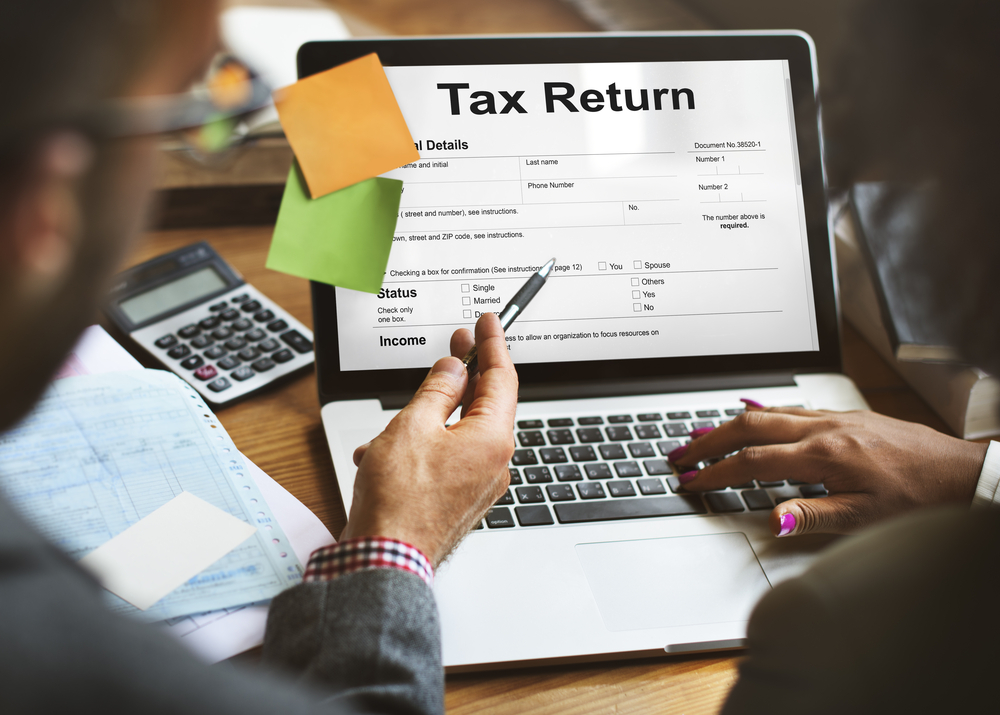Over the next four days, you have an opportunity to save thousands of dollars on your 2023 tax return.
One of the worst investment mistakes I ever made will illustrate how and why…
In December 1996, I sold my shares of Best Buy (NYSE: BBY).
The stock wasn’t down much from my entry price and I still liked the company’s prospects. I sold it only to offset realized gains elsewhere in my portfolio.
It turned out to be one of the most boneheaded investment moves I ever made.
A year later the stock was up more than fivefold. A few years later, it was up more than thirtyfold.
When you sell a stock for a tax loss, the IRS requires you stay out of it for at least 30 days. (Otherwise, you run afoul of the wash-sale rule.)
I could have bought Best Buy back a month later, of course. But I didn’t because it was trading substantially higher than where I sold it.
So I decided to wait for it to come back down. The problem was… it didn’t.
That was a valuable lesson. I never sell an investment for tax reasons alone anymore. I don’t need to. And neither do you.
Here’s why…
The IRS allows you to offset all your realized gains – and up to $3,000 in earned income – each year with realized losses. (Any losses you don’t use can be carried forward and used in future years.) If you use the loss, however, you must wait at least 30 days before buying the same stock back.
There is a particular risk in taking tax losses in December, however. It’s called the January effect.
The first month of the year is traditionally a strong one for the market. A lot of pension and IRA money gets invested in January. Plus, there is often a rebound from the tax-loss selling that takes place in December.
Who wants to pay more for a stock they sold only a few weeks earlier?
There is a way around this problem, however. And you can take advantage of it – but only if you’re willing to make a move over the next four days.
In November each year, I look at my entire portfolio for companies that are trading below my entry price. If I see a stock that is down – but remains fundamentally attractive – I sometimes make the decision to double down on it for 30 days.
Why? Because I can sell my original shares at the end of December for a tax loss.
That way it’s not a problem if the stock rallies in January. After all, thanks to my November purchase, I still own the same number of shares I bought initially. I just don’t own the original shares since I sold those for a tax loss.
Let’s run through an example to make sure you understand the specifics… because the tax savings are substantial.
Imagine that you have an opportunity to realize a loss in your 1,000 shares of XYX Corp.
But instead of selling, you double down on the stock for a month.
After 30 days, you sell the original shares at a loss, creating thousands of dollars in tax savings. But – importantly – you keep the second 1,000 shares you bought in November.
Now, even if the stock takes off in late December or January, you don’t have to buy it back at a higher price.
What if you don’t have the cash to double down on your position? Then use margin.
Again, I’m recommending this only for a 30-day period. Your margin interest charge will be minimal.
The risk, of course, is that the stock continues to decline and you have a paper loss on the second purchase.
However, just the opposite may happen – and often does.
Remember, the January effect is often preceded by the Santa Claus rally – the tendency of the stock market to do well in the last three weeks of December.
As a result, you could end up with a smaller loss on your original shares and a paper gain on your second purchase.
(The Santa Claus rally is never a certainty, of course, and another reason you should add only to those companies whose near-term prospects remain exceptional.)
Remember, when selling for tax purposes, the IRS requires that you buy the same shares at least 30 days before you sell the others.
So to use this strategy for 2023, you must act – double down on a stock in which you have a loss – in the next four days.
(Otherwise, 30 days out will take you into 2024.)
If we have the traditional mid-December to early February rally, you’ll thank me.
And then again on April 15.
